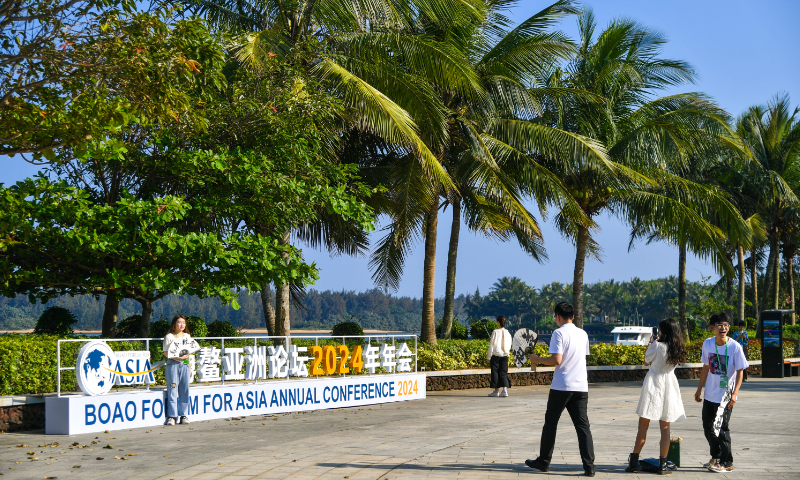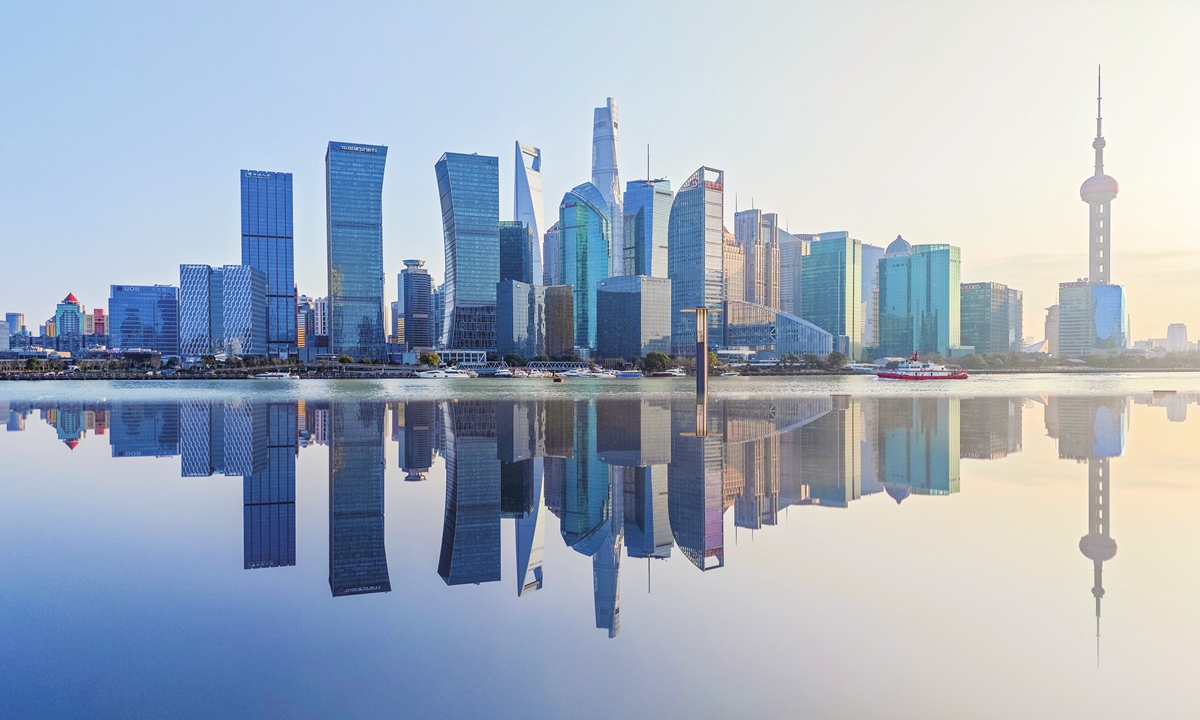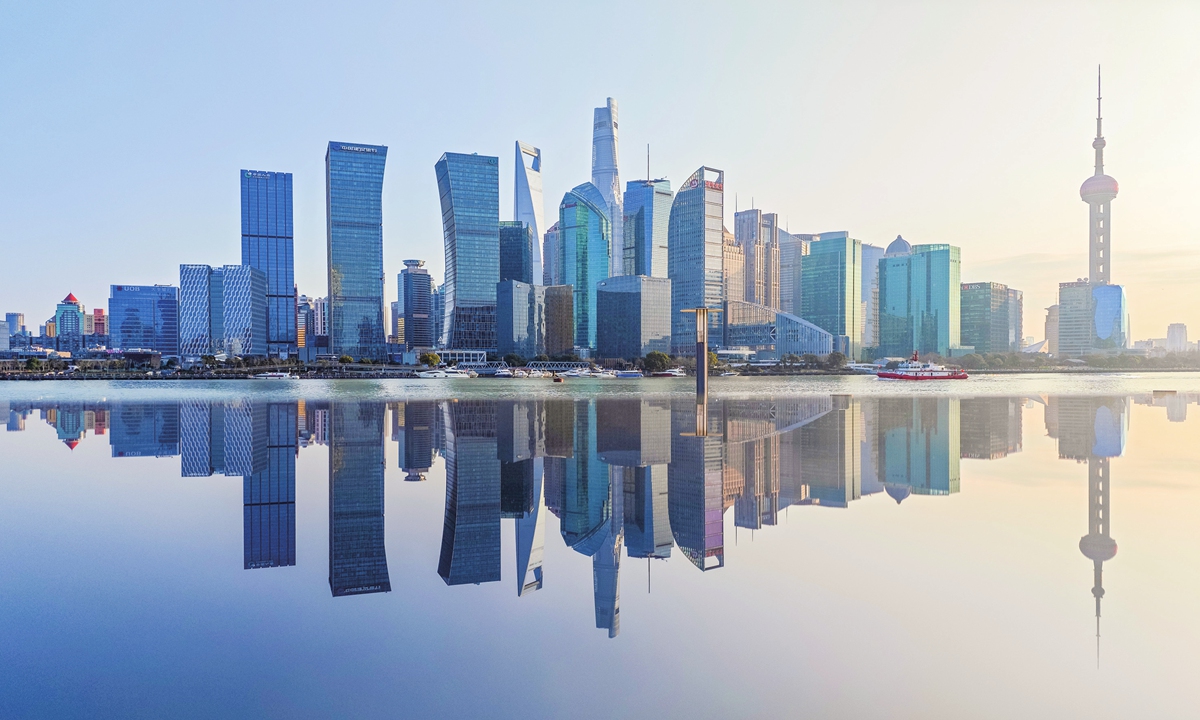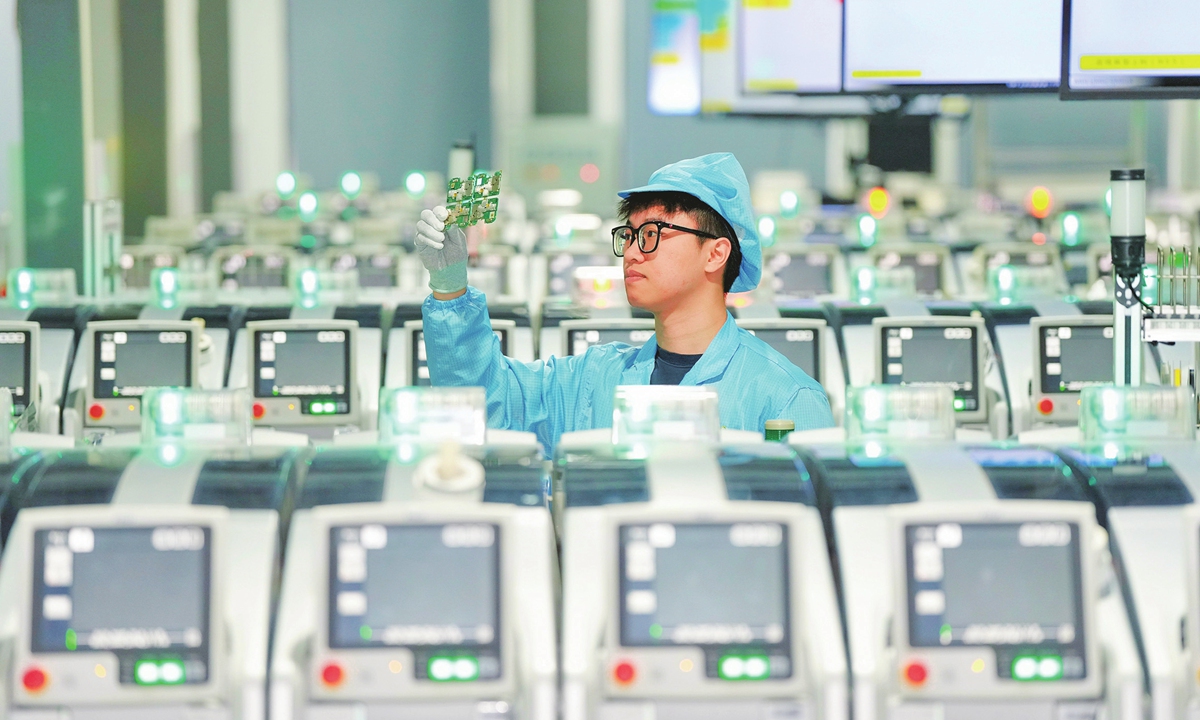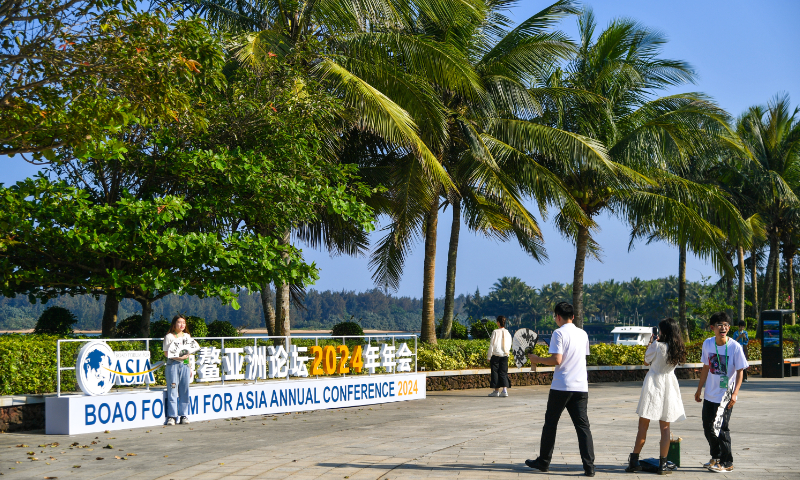
Participants take photos at the permanent site of Boao Forum for Asia in Boao, South China’s Hainan Province, on March 27, 2024. Photo: VCG
During a panel discussion at the Boao Forum for Asia (BFA) Annual Conference, executives from foreign-funded enterprises and officials from international institutions said they remained bullish on China’s economic growth in 2024, noting that innovation, consumption and green development will constitute a new China story.
As the world’s second-largest economy and important growth engine for the world economy, China’s development has attracted much attention. The remarks by the participants at the BFA strongly denied the so-called Peak China rhetoric, as the country’s economy is on course to recover.
Jean-Pierre Raffarin, former French prime minister, said that China’s 2024 growth target of about 5 percent is good, and the world economy needs China’s growth, as well as its innovation.
Steven Barnett, the IMF’s senior resident representative in China, said that last year, China’s economy contributed one third of global growth, and its growth is beneficial to the world.
Every one percentage point rise in China’s GDP growth will drive an increase of 0.3 percentage points in the economic growth of other countries, so strong GDP growth in China is not only good for China, but also for the rest of the world.
Regarding this year’s GDP growth target, Denis Depoux, global managing director of Roland Berger, said that the figure is not important in itself, more important thing is the transformation that is represented underneath the 5 percent goal.
There are some main themes to the new China story: innovation, new quality productive forces, decarbonization and consumption.

This photo taken on March 25, 2024 shows the Boao Forum for Asia (BFA) International Conference Center in Boao, South China’s Hainan Province, is ready for the upcoming forum. The BFA Annual Conference 2024 will be held from March 26 to 29 in Boao, focusing on how the international community can work together to deal with common challenges and shoulder their responsibilities. Photo: cnsphoto
Multinational companies, which have benefited from China’s double-digit average economic growth rate in past decades, now eye more opportunities in the Chinese market, including industrial upgrading and green development, Depoux said.
Michele Geraci, former undersecretary of state at the Italian Ministry of Economic Development, told the Global Times that China’s economic growth has made a positive contribution to regional and global development.
He has observed that China is moving some of its manufacturing into other countries in Asia that may appear lower on the manufacturing chain and are still behind the development curve. This change is a win-win for both China and other Asian countries, the Italian scholar said.
While praising China’s huge achievements in the green economy, Geraci said that this is one of the key areas for future economic cooperation between Europe and China. He called for China-EU cooperation in the green transition.
“The other area for such cooperation is the development of infrastructure in third countries, such as in Asia and in Africa. In the developing markets of Africa, for example, China has a strong presence and European companies, including Italian ones, can bring complementary expertise,” said Geraci.
Since the beginning of this year, China’s economic fundamentals have continued to improve, and positive factors bolstering the economic rebound have accumulated and increased.
Figures from the National Bureau of Statistics showed that in the first two months, the value added of industries over the designated size grew by 7 percent year-on-year, retail sales rose by 5.5 percent, investment in the manufacturing industry increased by 9.4 percent, and total trade grew by 8.7 percent, ushering in a promising year.
“If China’s economy maintains a growth rate of at least 5 percent this year, it would be feasible to achieve a contribution rate of 30 percent or more to global economic growth, provided that the exchange rate remains relatively stable,” Tian Yun, a Beijing-based economist, told the Global Times on Thursday.
“If trade with the US follows the recovery seen in January and February, it would significantly boost the Chinese economy. In addition, residential consumption holds significant potential to support economic growth,” Tian noted.
If consumer spending and investment flourish, achieving a 5 percent growth rate this year is attainable, given ample market opportunities and robust production capabilities of China, Tian said.
